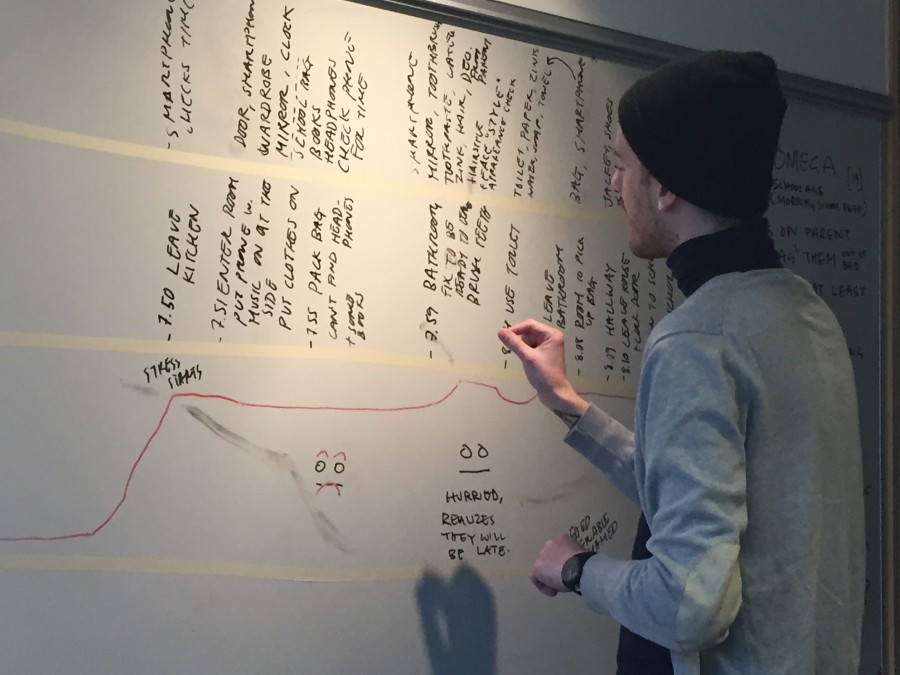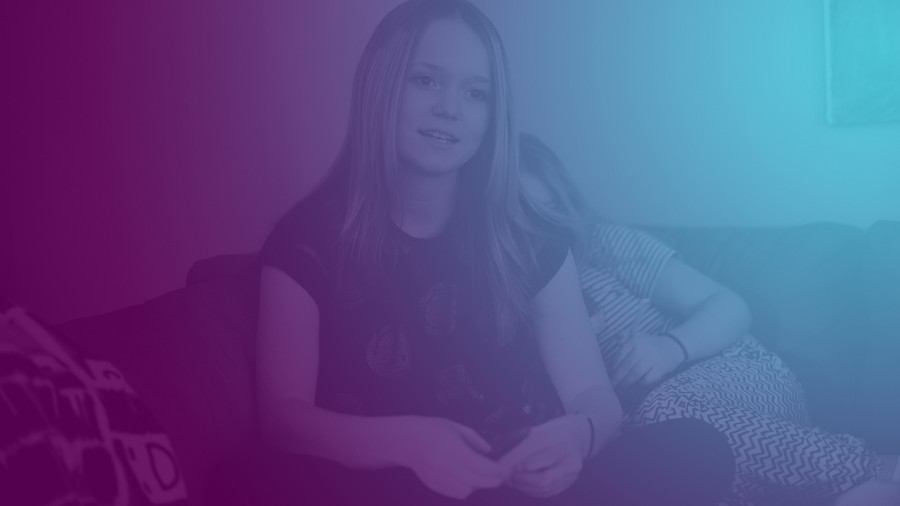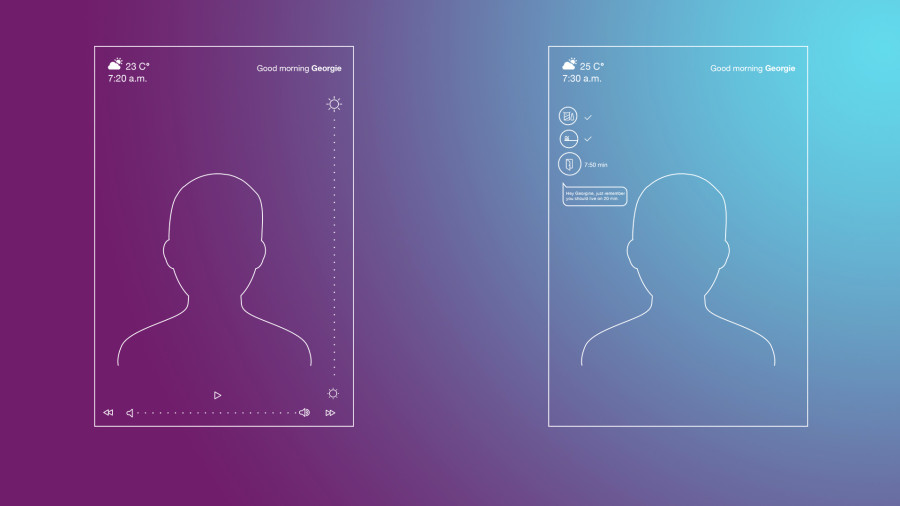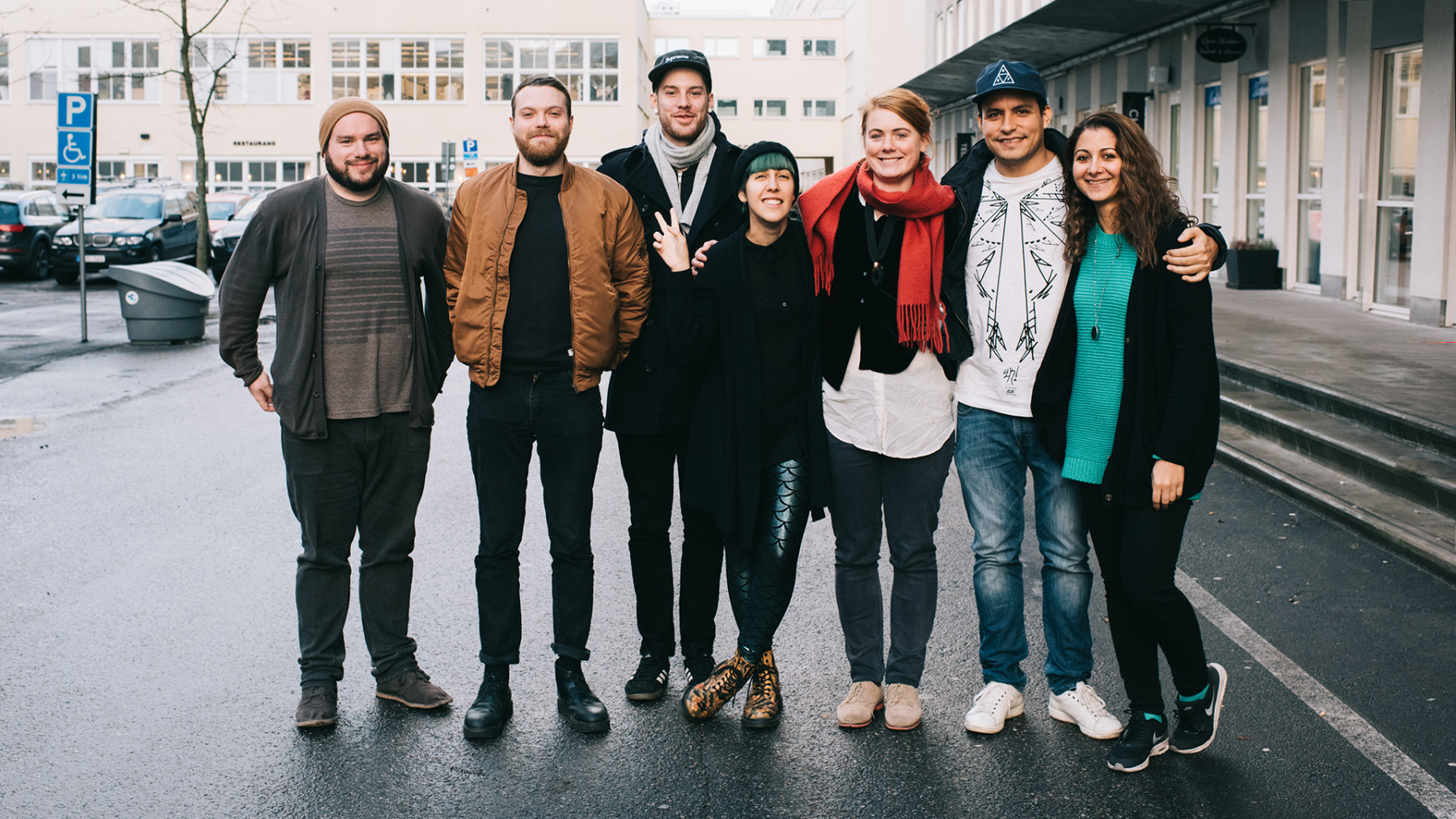Client ········· PHILIPS & HYPER ISLAND
Work ··········· UX design & graphics
Work ··········· UX design & graphics
Nice to know
·Social mission: inspiring healthy habits amongst “youth’sters”
· collaborated with a school and a class of students from the age of 8-10
· Human-centered design approach with the little twist, that final product was a video presenting our solution (and not a product that has been implemented)
· We were all switching roles and fields ranging from research, planning, prototyping and design
· Philips is currently developing a product with multiple similarities to our solution
· collaborated with a school and a class of students from the age of 8-10
· Human-centered design approach with the little twist, that final product was a video presenting our solution (and not a product that has been implemented)
· We were all switching roles and fields ranging from research, planning, prototyping and design
· Philips is currently developing a product with multiple similarities to our solution
– Click on above image to open a video that explains our solution(This will open a new window and play a video from Vimeo titled: My Philips Morning)
P R O C E S S
Understand
In order to get an understanding and empathise with the users, we started off by collecting data.
Through quantitative and qualitative research we got first hand knowledge directly from the users – the 8-10 year old kids we were hanging out with.
We used various tools to gain information: card association game, qualitative interviews and overall being very aware to meet the kid at their level – and let them express any concerns or ideas freely.
Next we took all the data we have gathered and created User Journey Maps, personas and manuals with our findings.
We found that one frequent theme occurring was the stressfull routine during the morning – from waking up till leaving the house for school, most kids had between 45-60min in total. The lack of timemanagement would lead to the refraining of common hygiene – like brushing your teeth.
An other major frequent theme was the wish for being independant. The kids didn’t want to have their parents helping them – instead they wanted to deal with their routines themselves. Failing to do so, would lead to the kid feeling miserable. There was a need for empowering the kid to do their daily routines: which could ultimately positively affect their self-esteem and mood.
Through quantitative and qualitative research we got first hand knowledge directly from the users – the 8-10 year old kids we were hanging out with.
We used various tools to gain information: card association game, qualitative interviews and overall being very aware to meet the kid at their level – and let them express any concerns or ideas freely.
Next we took all the data we have gathered and created User Journey Maps, personas and manuals with our findings.
We found that one frequent theme occurring was the stressfull routine during the morning – from waking up till leaving the house for school, most kids had between 45-60min in total. The lack of timemanagement would lead to the refraining of common hygiene – like brushing your teeth.
An other major frequent theme was the wish for being independant. The kids didn’t want to have their parents helping them – instead they wanted to deal with their routines themselves. Failing to do so, would lead to the kid feeling miserable. There was a need for empowering the kid to do their daily routines: which could ultimately positively affect their self-esteem and mood.






Explore
To come up with the best ideas for our target group, we wanted to ensure a broad range of different ideas. To do this, we had the whole group participating in coming up with ideas.
We used various tools and methods taught at Hyper Island: “Empty your brain” (a rapid ideation model) is one of them, We then categorised these ideas. When ideas had been placed in a category we dug into the core/essences of the ideas and continued the process based on that.
The next phase was prototyping the ideas. Rapid prototyping and MVP mindset was the leading force behind this. We would create interfaces by cutting out buttons and screens of paper, reenacting scenarios with
our “given tool” and create wireframes with functions mapped out.
We used various tools and methods taught at Hyper Island: “Empty your brain” (a rapid ideation model) is one of them, We then categorised these ideas. When ideas had been placed in a category we dug into the core/essences of the ideas and continued the process based on that.
The next phase was prototyping the ideas. Rapid prototyping and MVP mindset was the leading force behind this. We would create interfaces by cutting out buttons and screens of paper, reenacting scenarios with
our “given tool” and create wireframes with functions mapped out.
Materialize
With the lack of time left of the project – we tested our prototypes with our mentor (Steinar Danielsen from Doberman Stockholm). We based our feedback on his heavy knowledge and brilliant mind.
The last and final part was implementation. Our final product would be this video showcasing our solution. But in order, to create this video – we created an interface (with Sketch+InVision), showcasing how our solution would work in the daily setting of our target group.
The last and final part was implementation. Our final product would be this video showcasing our solution. But in order, to create this video – we created an interface (with Sketch+InVision), showcasing how our solution would work in the daily setting of our target group.








– UI design for the My Philips Morning app
(Switch between the different User Interface stills)